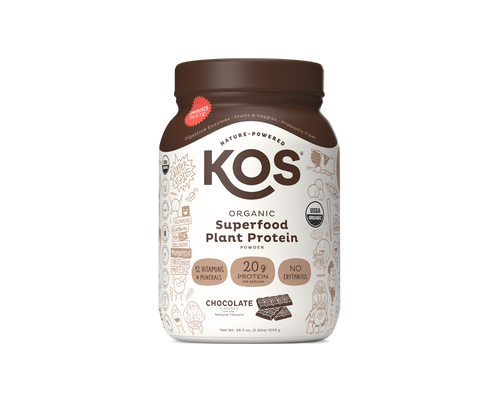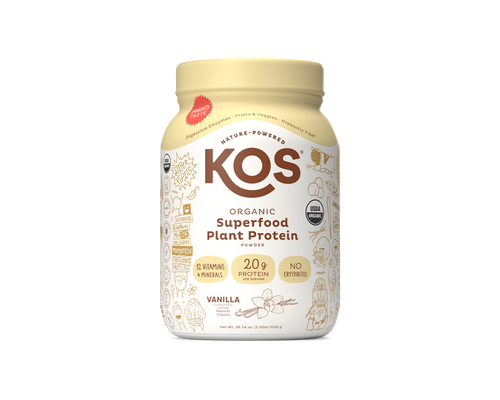Table of Contents
Any student of muscle building will tell you that branched amino acids are a big, big deal. But this will be expressed with some hesitation at the gym.
"Oh yeah. Those...um... branched amino acids are doing me right today!"
Why the hesitation? Because there is always the scary possibility the listener will ask what a branched amino acid is. “An amino acid with branches and stuff” is not technically incorrect, but the subject could use a little more exploration. Here goes.
Branched Amino Acids (BCAAs) are Amino Acids with Branches
Of the twenty amino acids the human body requires to function, nine are essential amino acids. Of these nine, three are the branched amino acids that are the subject of this frankly marvelous essay.
In the list below, I have indicated these with the emphatic word (branched!) Let's call out the nine essential amino acids here, as we would the names of Santa's reindeer.
*
Histidine
Isoleucine (branched!)
Leucine (branched!)
Methionine
Phenylalanine
Threonine
Tryptophan
and Rudolph Valine (branched!)
These nine amino acids are called essential because they are not produced by the otherwise miraculous human body, but have to be actively sought out and pushed in through the mouth—a practice called eating. Though depending on who your dining companion is, the process could be called any number of things. The other 11 amino acids necessary for life are produced or synthesized in our cells. Which is very handy.
But what's with the branches? The "branches" are simply a reference to the structure of these three "workout aminos". Remember, these are actual 3D, real-world objects.

The branch on a BCAA is a central carbon atom bound to three or more carbon atoms, the whole carbon thingy dangling from the molecular arrangement like toilet paper stuck on the bottom of a shoe. Approximately.
"Toilet Paper-Dragging Amino Acid" is more relatable, but the fussy scientific community is unlikely (at best) to adopt this new naming convention. Let's move on.
Branched Amino Acids are Proteinogenic
Of these nine essential amino acids we must acquire through diet, the three branched aminos are of a sub-group called proteinogenic amino acids. Why are they called proteinogenic? Because they are actually incorporated into proteins and are central to their synthesis in the cell during the bizarre and literally awesome cellular ceremony called translation, during which DNA is copied into RNA.

But these three BCAAs are not birds of a feather. Like any hardworking trio, each member has a unique and complementary part to play in the "protein synthesis" workout drama.
Isoleucine is all about energy uptake, and preserving protein breakdown.
Valine often gets a bum rap (at those dinner parties where the chatter runs to amino acid-comparisons), because it is not a standalone muscle-builder. Rather, it assists the other two BCAAs by bringing helpful glucose to the muscle party.
Leucine is sorta the star of the threesome. If BCAAs were a jazz trio, Leucine would be the sax player. Leucine promotes lean mass and, most significantly, activates mTOR.
Here is where your bicep comes in.
mTOR Good. Catabolism Bad.
We may refer to the three BCAAs as The Three Muscleteers (sorry), because these three are key to muscle-mass building, or as the people in smocks call it, “protein synthesis”.
Leucine in particular is a big shot where muscle increase is involved, having a positively anabolic (mass-increasing) effect on muscle tissue. Studies intent on finding what, exactly, is doing most of the protein synthesis repeatedly find Leucine to be the silent kingpin in the muscle-mass game. As you'd guessed, reader, Leucine looks a lot like this:
 Leucine specifically switches on a compound in the cellular matrix of the muscle, a compound with the monster movie name of mTOR. This stands for mammalian target of rapamycin, if that helps.
Leucine specifically switches on a compound in the cellular matrix of the muscle, a compound with the monster movie name of mTOR. This stands for mammalian target of rapamycin, if that helps.
Leucine and Your Lean Machine
Something in leucine taps the accelerator in muscle cells by switching on this specified mTOR protein whose evolutionary function is, in part, rapid building of muscle mass, and a dialing down of muscle exhaustion in a muscle stress environment.

That is, by activating mTOR, leucine builds muscle mass more rapidly while keeping predicted levels of exhaustion at bay. Talk about a survival mechanism.
Where the energies expended would seem to call for some cellular breakdown of the overtaxed muscle cells, leucine’s mTOR trigger even slows that catabolic, or muscle-eating, process. When an abundance of already-present amino acids are working the protein synthesis in a muscle to apparent maximum capacity, adding leucine actually raises the ceiling on the protein synthesis process.
Plants and Branched-Chain Amino Acids
To those of you who fervently believe plants have nothing to do with BCAAs, I say "Ha!" Shall I mock you again? "HA!"
It must be said that BCAAs appear in greatest abundance in nuts, seeds and legumes (or beans, as we normals call them). These plants contain BCAAs in varying quantities (measures are per hundred grams):

- Spirulina -- 11.67 grams
- Tofu -- 8.44
- Soybeans -- 7.3
- Hemp Seeds -- 5.2
- Squash Seeds -- 5.2
- Butternuts -- 4.9
- Mung Beans -- 4.8
- Red Lentils -- 4.1
- Sunflower Seeds -- 3.6
- Cashews -- 3.3
- Sesame Seeds -- 3.1
- Almond Butter -- 3.2
- Chickpeas -- 3.2
- Almonds -- 3.08
- Peanuts -- 1.9
- Navy Beans -- 1.5
- Kidney Beans -- 1.6
- White Rice -- 1.5
- Lima Beans -- 1.6
- Brown Rice -- 1.5
- Black Beans -- 1.5
- Great Northern Beans -- 1.4
- Tempeh -- 3.23
Again; nuts, seeds and beans are your BCAA buddies in the plant kingdom.
Branched Amino Acid Swagger
To be clear, all three of the Branched Amino Acids are beneficial to muscle mass, stimulating muscle protein synthesis during periods of controlled exertion.
So next time some smarty-pants tries to take you down a peg by smugly asking what a branched amino acid is, tell it like it is. “Ah, you know—anchored carbon chains, proteinogenics, ribosomal DNA translation, and a little evolutionary wizard called mTOR -- dude." Say it with real attitude. Then prepare to run. Your mTOR should help you successfully flee the scene.






